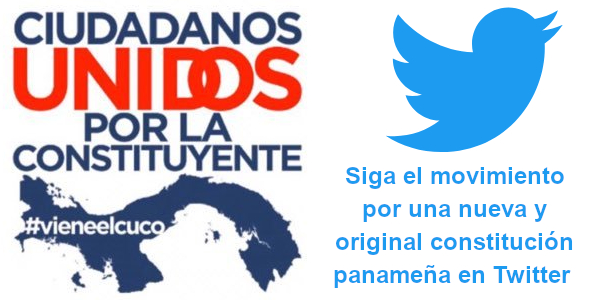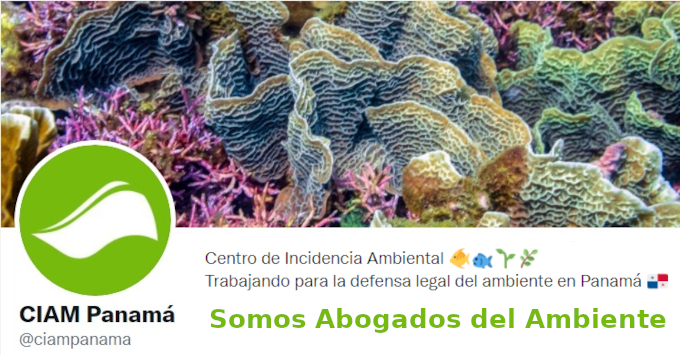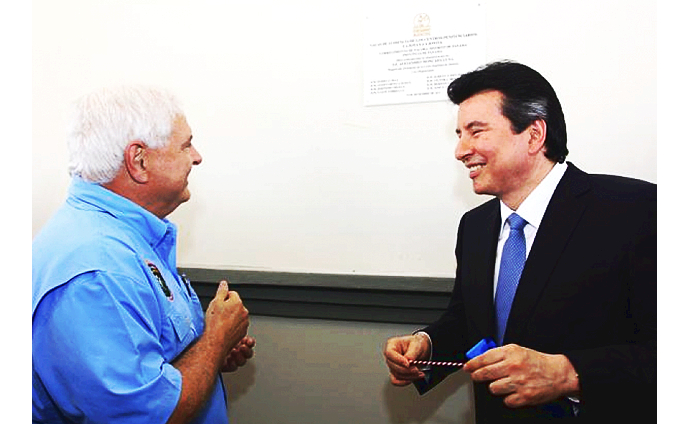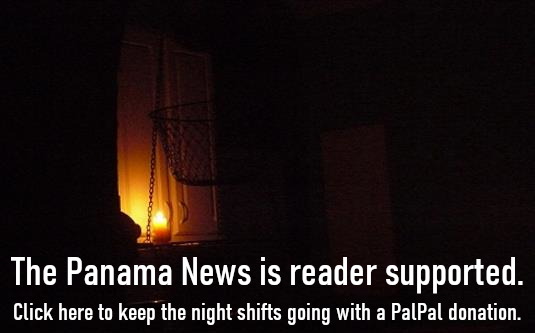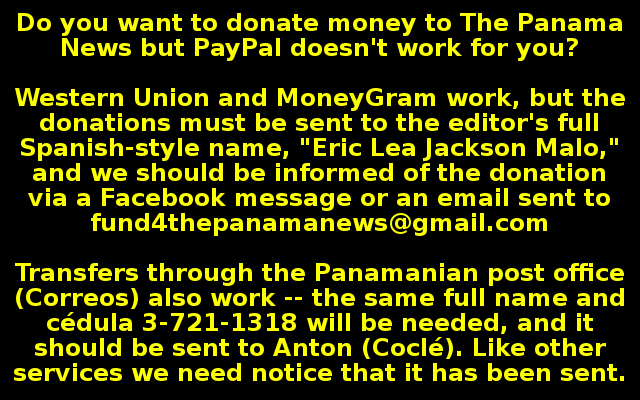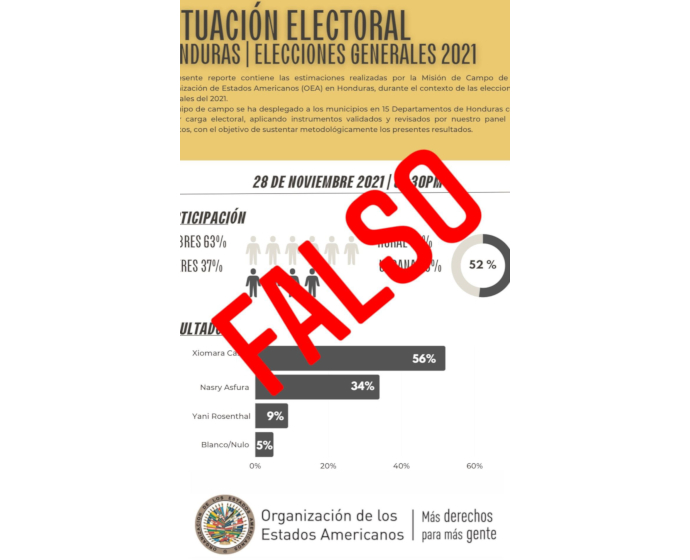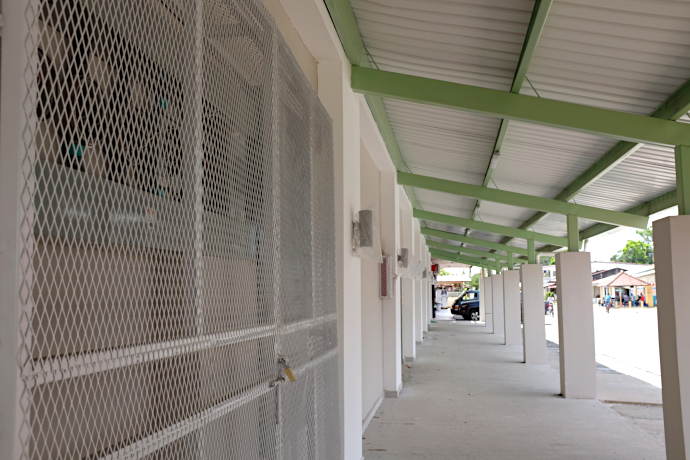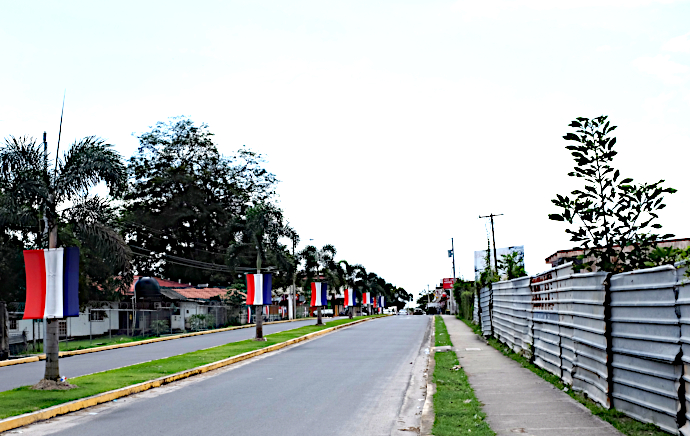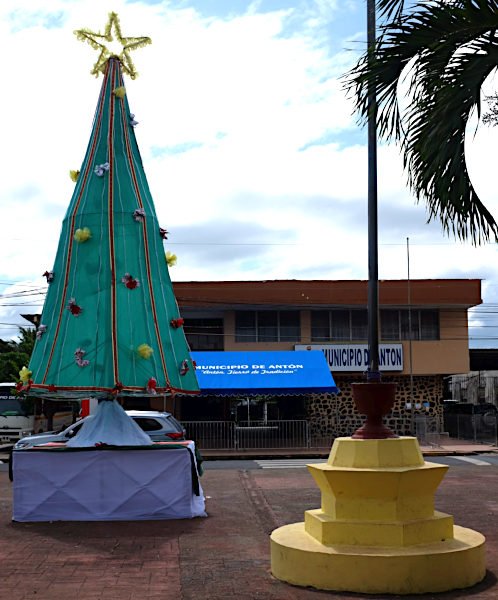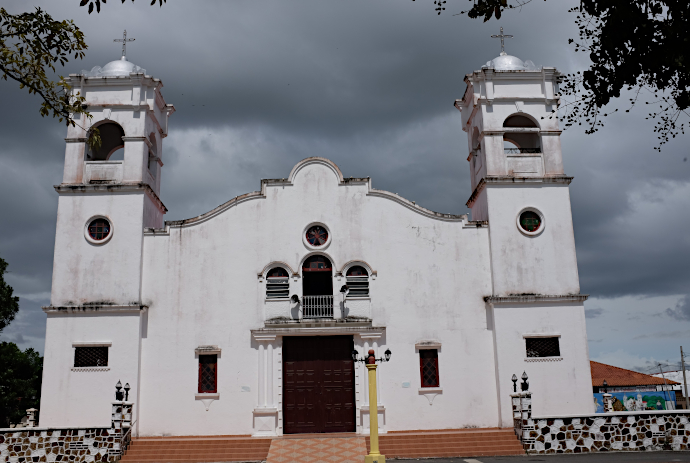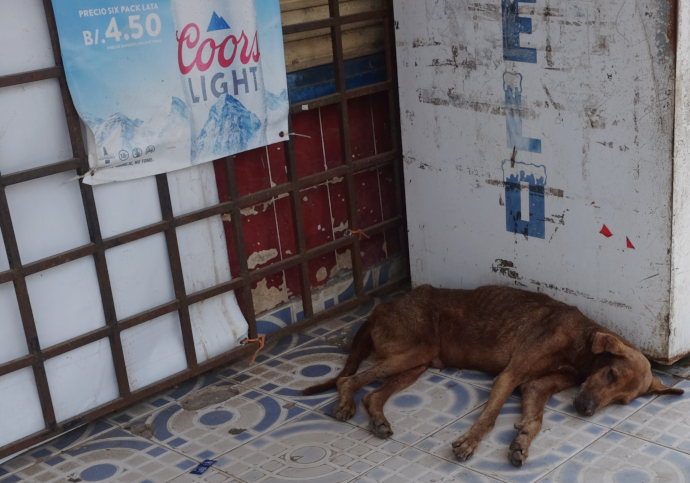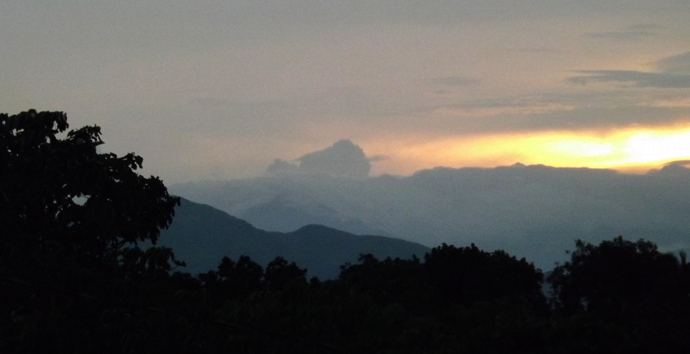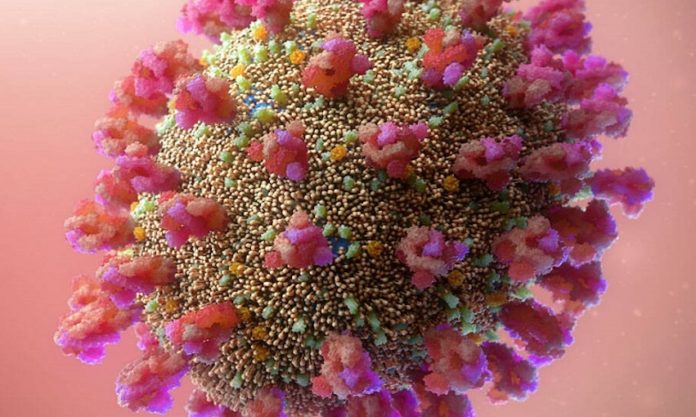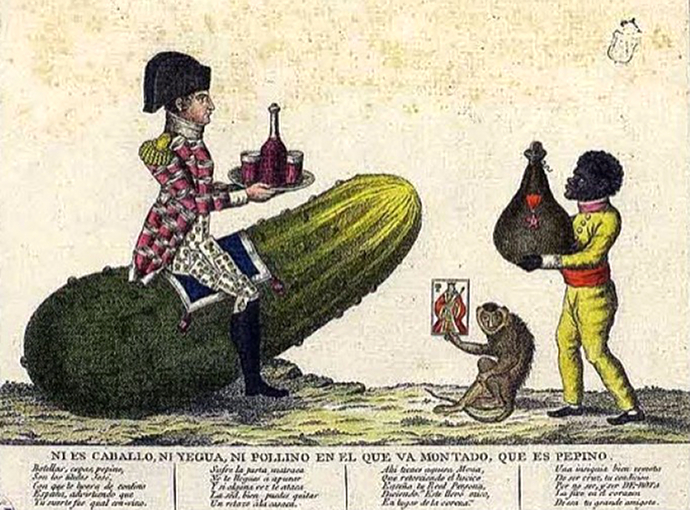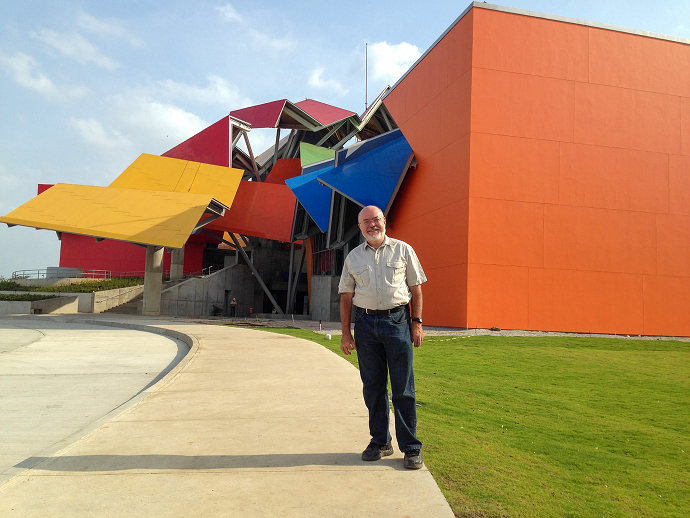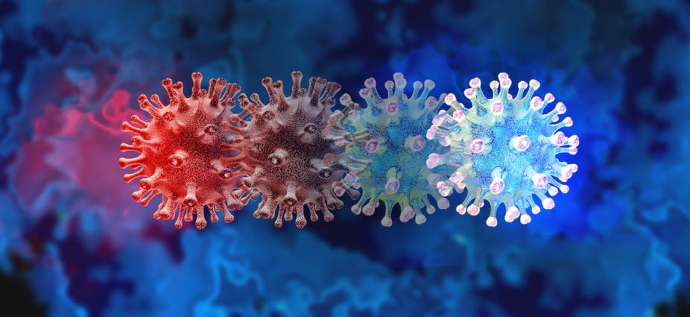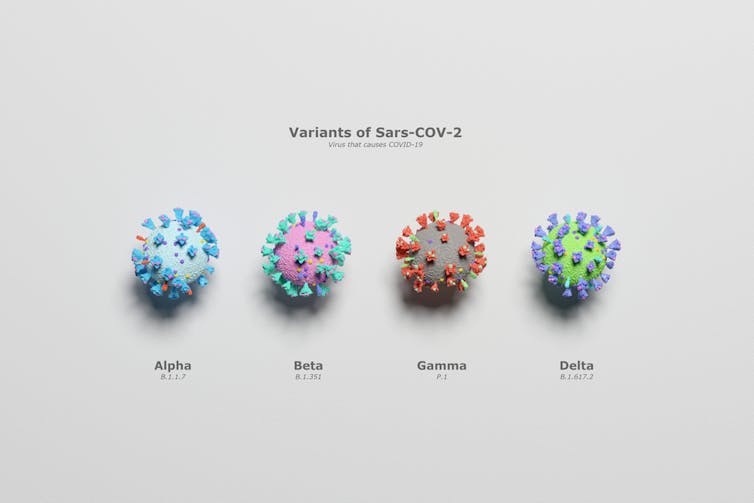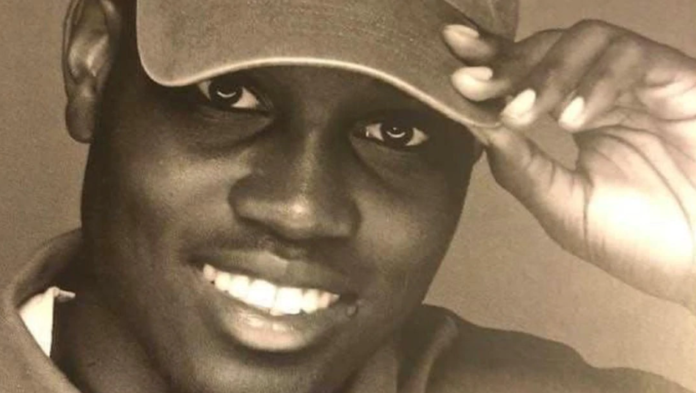El BioMuseo de Panamá es un monumento a la abundante biodiversidad de Panamá: George Angehr seleccionó exhibiciones en el museo sobre la geología, paleontología, arqueología, antropología y riqueza biológica de este Istmo que une dos continentes. Foto por Brian Gratwick.
Recordando a George R. Angehr
por STRI
El Instituto Smithsonian de Investigaciones Tropicales lamenta la pérdida del historiador natural y colega George Angehr.
Antes de que “googlear” fuera un verbo, cada vez que nos encontrábamos en la oficina de comunicaciones de STRI con una pregunta aparentemente incontestable sobre la naturaleza de Panamá, la respuesta era un simple “pregúntale a George”. Pero a partir del 24 de noviembre de 2021, uno de los historiadores naturales más brillantes y enciclopédicos de Panamá, George Angehr, ya no está con nosotros. Sus roles oficiales como “Investigador Asociado en el Instituto Smithsonian de Investigaciones Tropicales (STRI)” y “miembro activo de la Sociedad Audubon de Panamá” no abarcan la totalidad de sus contribuciones a Panamá y el mundo como explorador, ornitólogo, autor, conservacionista, ilustrador científico, museólogo, guía y amigo.
George es mejor conocido como coautor de la mejor guía de aves de Panamá y como una de las principales fuerzas intelectuales y artísticas detrás de las monumentales exhibiciones del BioMuseo de Panamá. Era un incansable explorador que llegó a Panamá como estudiante y nunca se fue, dedicando sus innumerables talentos a hacer que la información científica estuviese disponible para todos, desde niños en edad escolar hasta embajadores.
Originario del Bronx (y ávido fanático de los Yankees de Nueva York), George se interesó por primera vez en la observación de aves cuando tenía 12 años. Poco después de terminar una licenciatura en biología en la Universidad de Cornell en 1973, comenzó su investigación doctoral en la Universidad de Colorado, Boulder, y llegó a Panamá en 1977 para estudiar la ecología de los colibríes en Isla Barro Colorado (BCI). Cuando terminó su tesis doctoral en 1980, estaba obsesionado con las aves.
Estaba orgulloso de haber sido el padre fundador del “Premio Tropical Derelicts” otorgado en la estación de investigación del Smithsonian en Isla Barro Colorado, al estudiante que cada año pasara más tiempo en el campo. Los premiados recibían una caja con una camiseta en desintegración, firmada por los premiados anteriores y una vela encendida en ambos extremos, entre otros tesoros. Trabajando con otros estudiantes de posgrado en BCI, George ilustró la primera guía en español de árboles en el Parque Nacional Soberanía: Guía de los Árboles Comunes del Parque Nacional Soberanía, Panamá.
Su siguiente proyecto, para desarrollar la exhibición itinerante internacional “Parting the Green Curtain”, que contaba la historia de la exploración tropical en Panamá, viajó a Washington, DC y luego a otros lugares en los trópicos, convirtiéndose en una gran herramienta de diplomacia internacional para STRI y ayudando al Instituto a abrir las puertas a las relaciones con nuevos socios institucionales. El texto de la exhibición también se publicó en forma de folleto en 1989.
Por un breve tiempo, George dirigió el Centro de Ciencias Forestales del Trópico, que desde entonces se ha convertido en la red ForestGEO del Smithsonian con 73 sitios de monitoreo forestal a largo plazo en 28 países.
A menudo, el “pregúntale a George” era seguido de un “¿Dónde está George?” Se involucró cada vez más en estudios de aves, tanto en áreas inexploradas de Panamá como más allá. George viajó a la Serranía de Jungurudó y las estribaciones del Cerro Piña y la Serranía de Majé, dos macizos aislados en el poco explorado este de Panamá, donde avistó once aves de rango restringido que solo se encuentran en las tierras altas de Darién. Con equipos internacionales de biólogos, caminó por arroyos y senderos, capturó aves con redes de niebla y grabó vocalizaciones. Se enviaron muestras al Museo de Vertebrados de la Universidad de Panamá y al Museo Americano de Historia Natural de Nueva York. En la década de 1990, participó en una evaluación de la biodiversidad de aves en la región del río Urubamba bajo en Perú como parte de un proyecto de la Institución Smithsonian.
A medida que se acercaba el traspaso del Canal de Panamá de los EEUU a Panamá, George trabajó en varios proyectos para establecer un punto de referencia de las condiciones naturales en la Zona del Canal antes del traspaso.
Esto resultó en contribuciones a La Cuenca del Canal: Deforestación, Urbanización y Contaminación, editado por Stanley Heckadon-Moreno y Roberto Ibañez en 1999 y publicaciones adicionales en Bioscience and Environmental Monitoring and Assessment.
Después de la celebración del traspaso del Canal de Panamá el 31 de diciembre del 1999, George continuó organizando y participando en estudios que proporcionaron la justificación científica para el establecimiento y conservación de áreas protegidas. Por ejemplo, contribuyó sustancialmente a conceptualizar la red de “rutas patrimoniales” que formaron el marco del plan de “Turismo, Conservación e Investigación” de Panamá. En el 2001 publicó un estudio con STRI y CEASPA: La importancia del área protegida de San Lorenzo para la integridad del corredor biológico mesoamericano.
A partir del 2000, George trabajó con un equipo creativo de la oficina del arquitecto Frank Gehry, Bruce Mau Design, y el Instituto Smithsonian de Investigaciones Tropicales para desarrollar exhibiciones sobre la biodiversidad, geología, paleontología, arqueología y antropología de Panamá para el BioMuseo, un museo afiliado al Smithsonian. El museo representa un tributo icónico a la biodiversidad de Panamá, y ahora recibe a miles de residentes y turistas cada año.
También escribió textos para exhibiciones en el museo de antropología de Panamá.
Para un país de su tamaño, la diversidad de aves de Panamá es extraordinaria. Las puntas de América del Norte y del Sur se encuentran aquí, las aves migratorias usan Panamá como puente y Panamá es el hogar de su propio conjunto de aves endémicas que no se encuentran en ningún otro lugar de la Tierra.
George no solo se convirtió en un organizador habitual y participante en los conteos halcones y buitres migratorios que pasan sobre el Istmo en octubre, si no que junto a Dodge y Lorna Engelman, George escribió por primera vez Where to Find Birds in Panama, a Site Guide For Birders, publicado en 2006 por la Sociedad Audubon de Panamá. A esto le siguió la publicación de A Bird-Finding Guide to Panama en 2008. En ese momento, la única guía de campo completa para ornitólogos era A Guide to the Birds of Panama de Robert Ridgely y John A. Gwynne, publicada por primera vez en 1976. La guía de Ridgely estaba repleta de información de los tres volúmenes del explorador del Smithsonian Alexander Wetmore, The Birds of the Republic of Panama y de notas descriptivas proporcionadas por el ornitólogo panameño, Eugene Eisenmann, entre otras fuentes.
George se dio cuenta de la necesidad de una guía más portátil adaptada a las necesidades de los biólogos de campo y guías turísticos. Con Robert Dean, creó The Birds of Panama: A Field Guide en el 2010. En la nueva guía, las descripciones de las especies y los mapas de distribución se presentan junto a las ilustraciones de las aves, lo que facilita la identificación rápida de las aves en el campo. Recientemente, ayudó a crear una guía de aves para guías turísticos locales en la comarca indígena de Panamá, Guna Yala.
Continuó siendo invitado como ornitólogo en expediciones en África y Nueva Zelanda, así como en las Américas. En 2008, George y sus colegas informaron sobre una nueva especie de petirrojo africano de Gabón.
George era una persona clave para la oficina de Fomento de STRI porque siempre estaba dispuesto a guiar a los visitantes VIP. No solo identificaba las aves, sino que también llenó los momentos aburridos con asombrosas anécdotas de historia natural y divertidas historias. Estas son algunas de las mismas cualidades que distinguieron a George como un buen colega y amigo: tranquilo y sonriente, humilde y de voz suave. A menudo invitaba a observar aves a personas que eran nuevas en Panamá y a estudiantes nuevos en los trópicos.
En el 2013, Partners in Flight, un grupo internacional de conservación de aves, le otorgó a George un Premio a la Trayectoria. El premio reconoce a las personas que contribuyen significativamente a la gestión, conservación y restauración del hábitat para la conservación de las aves terrestres y el monitoreo de aves en la antigua Zona del Canal de EEUU como parte de un programa de Partners in Flight financiado por el programa Legacy de EEUU.
A partir del 2015, George ofreció sus talentos para el desarrollo del Centro de Exploración de Café en Boquete, Panamá, que abrió en el 2017. Más recientemente, estaba trabajando en un nuevo Centro de Visitantes en El Valle de Antón. Según Mercedes Morris, su colaboradora en esos proyectos, y también sus amigos observadores de aves de la Sociedad Audubon, se sintió muy afectado por la estricta cuarentena impuesta durante la pandemia, que lo confinó en su apartamento en la ciudad de Panamá.
Hoy, una búsqueda en Google proporciona una respuesta rápida a “¿Cuántas especies de aves hay en Panamá?” en iNaturalist: 1002. George sabía esto, pero sabía mucho más y podía integrar y sintetizar información de manera brillante, y presentarla de una forma que el público pudiera entender: cuáles fueron los descubrimientos más recientes y quién los hizo, qué especies solo se encuentran aquí y cuáles son las más amenazadas. Extrañaremos profundamente su experiencia y su generosidad, especialmente en este momento de la historia en el que no solo está en juego el futuro de las aves, sino también la integridad de todo el mundo natural.
Contact us by email at / Contáctanos por correo electrónico a fund4thepanamanews@gmail.com
To fend off hackers, organized trolls and other online vandalism, our website comments feature is switched off. Instead, come to our Facebook page to join in the discussion.
Para defendernos de los piratas informáticos, los trolls organizados y otros actos de vandalismo en línea, la función de comentarios de nuestro sitio web está desactivada. En cambio, ven a nuestra página de Facebook para unirte a la discusión.
~ ~ ~
These announcements are interactive. Click on them for more information.
Estos anuncios son interactivos. Toque en ellos para seguir a las páginas de web.


